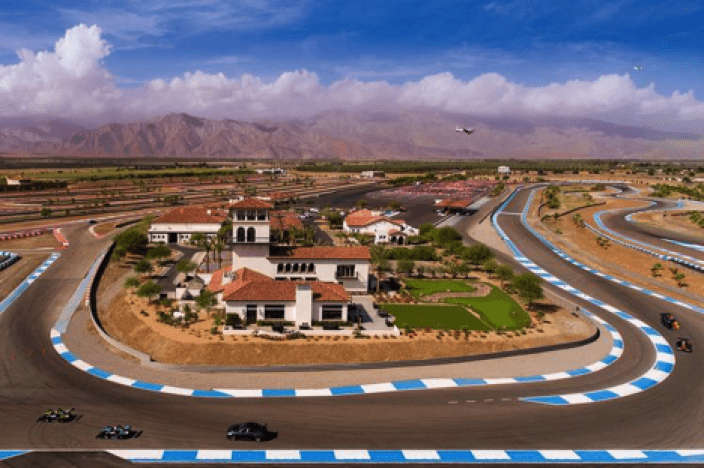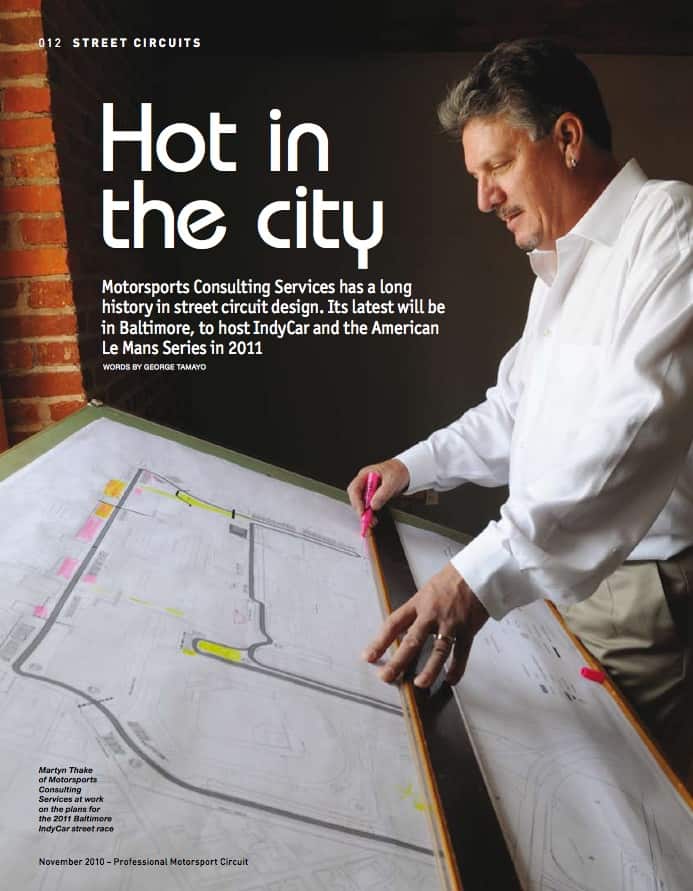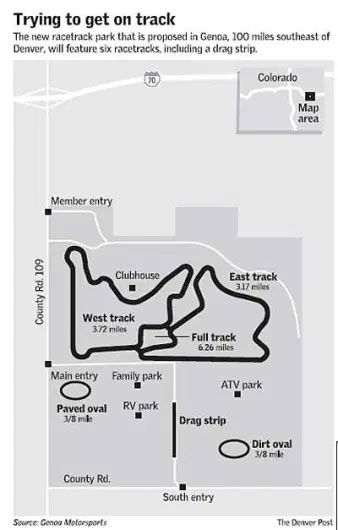Not only did Baltimore seem to be a natural, aesthetic location to hold the Grand Prix, with its stadiums and waterfront setting, but officials within the community saw the race as the perfect opportunity to shatter outsiders’ misconstrued perceptions.
The original layout of the course was put together in 2008, but has since transformed into a two-mile temporary street circuit in and around the Inner Harbor and Camden Yards. The race will include sections of Russell Street, West Pratt Street from Paca Street to Light Street, along the Inner Harbor on Light Street and up Conway Street.
Baltimore Grand Prix officials brought in 30-year racecourse design veteran Martyn Thake of Motorsports Consulting Services, a company specializing in motorsports facility construction.
“When we begin to design a racecourse, we look first for an anchor point,” Thake said. “In Houston we had the Astrodome and in Long Beach [California] we had the waterfront. We look for an anchor which looks good on TV and promotes the city.”





